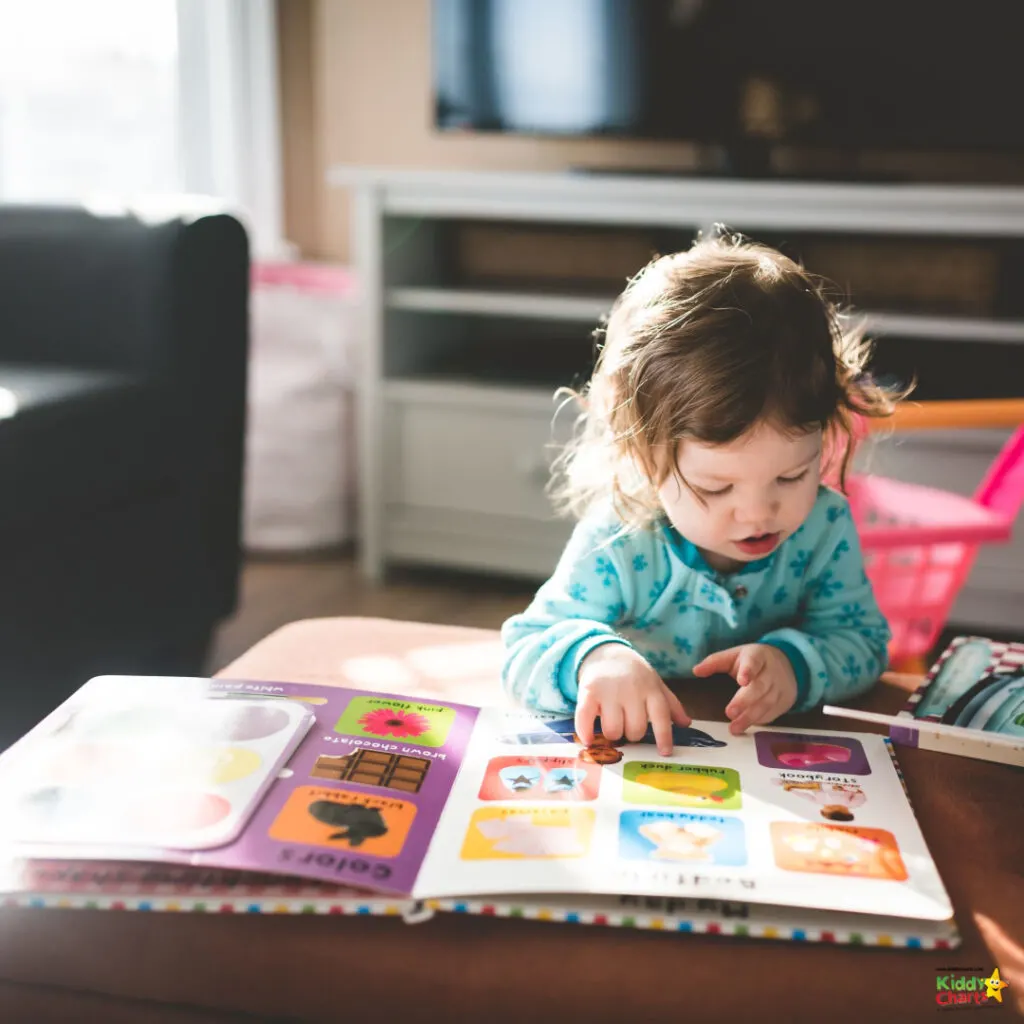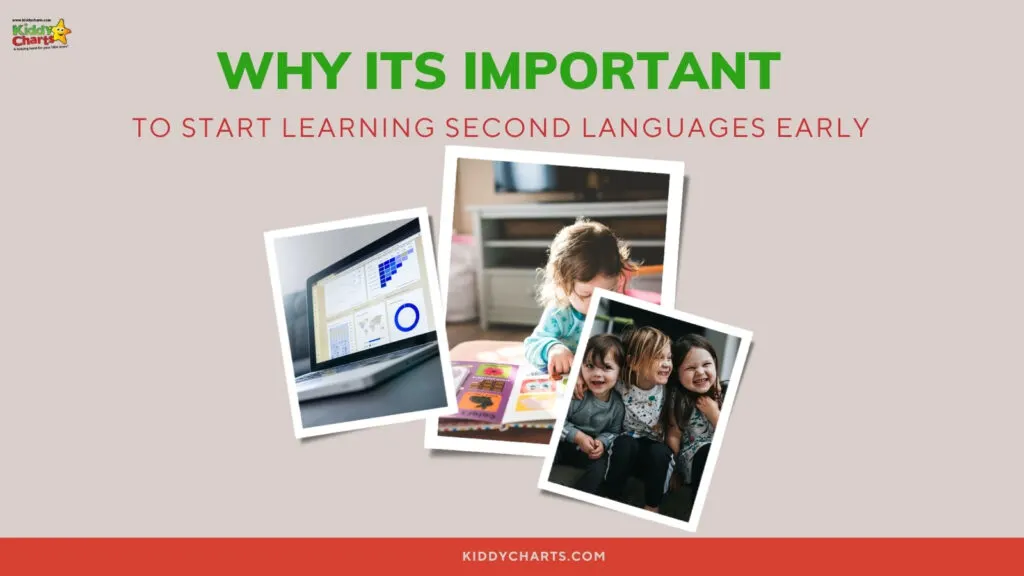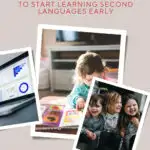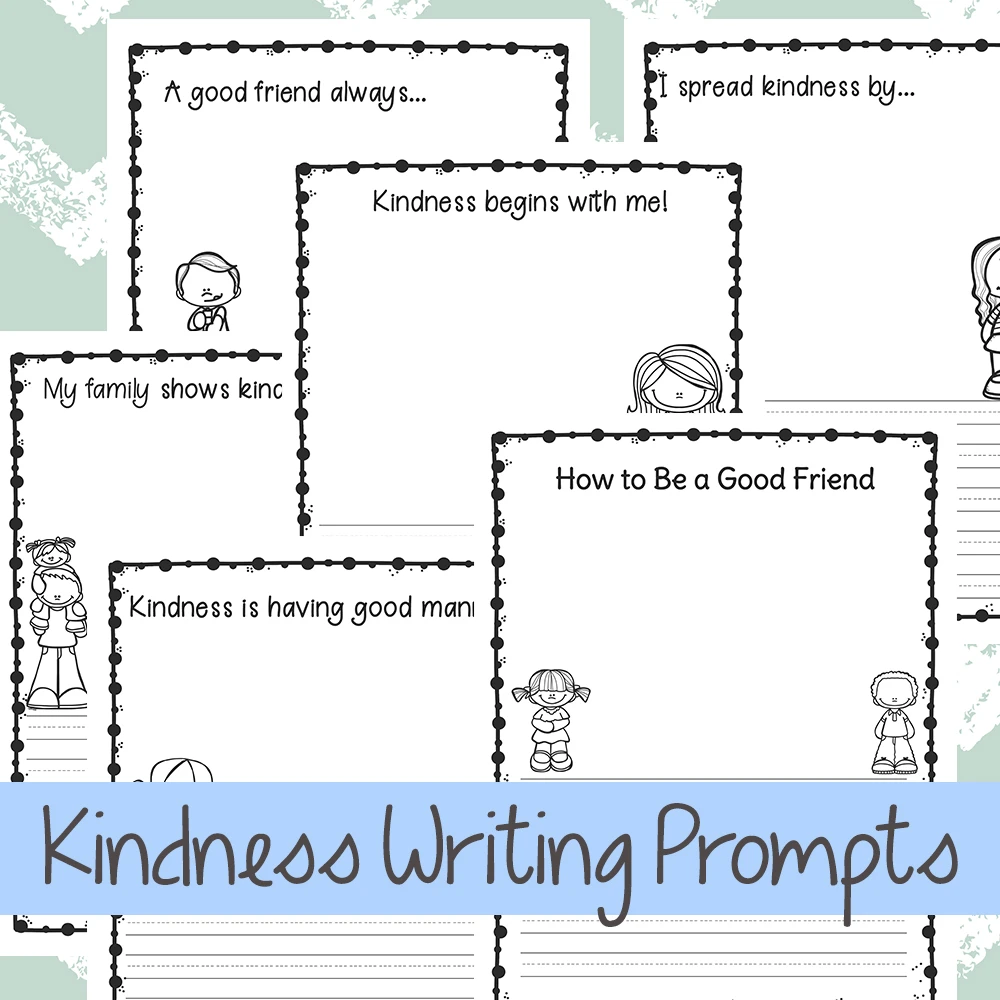Helping your child master a second language at an early age will give them a significant edge over their peers. English as a second language (ESL) development for kids might seem irrelevant to an english language site like ours, but development of language skills goes hand in hand with other skills development. We are a diverse site, and because our resources are highly visual, ESL for kids is relevant to our audience. We have families that use our resources whose first languages are French, Spanish, Italian and Eastern European, to name a few.
With this in mind, we are looking at why multilingual houses might start English with their kids sooner rather than later.

We are UK based, so let’s take a look at some of the statistics on English abilities across the country. Do bear in mind though, that there are many households in the US and beyond that are multilingual, with so much cultural diversity across both Europe and the Americas.
Language statistics in the United Kingdom
Learning English as a second language is essential in many households. It is estimated that more than 4 million people in England and Wales use another primary language in addition to English. However, many people in the UK admit to struggling when it comes to communicating fluently in English. In places like London, it’s estimated that more than 4 percent of the adult population is unable to speak English fluently, if at all. While a multilingual household can be of benefit to youngsters, proficiency in English is crucial in ensuring parents are able to support children in their studies and social lives outside of the home.
Youngsters who display competence with a foreign language at an early enough age tend to achieve major developmental milestones much earlier than their classmates. Fostering language skills at an early age seems to have a significant impact on cognitive development, likely due to the fact that language study introduces youngsters to the concept that a single thing can in fact have many different names.

Promoting ESL for kids at home
If you live in a multilingual household, teaching youngsters a second language can seem like a daunting task. However, there are several tried and tested methods you can adopt to make life easier. When it comes to locking in the fundamentals of a new language, repetition is very important.
If you are eager for your child to master more than one language in their early years, consider repeating the same activity several days apart, using a different language to steer the exercise on different days. This will help cement concepts like object permanence and promote improved cognitive development.
You also need to think carefully about the kind of activities you use to frame language study in the home. Avoid anything that is too heavy on content and instead turn to child-friendly exercises that are more likely to hold their attention for longer. You can work language study into an arts and craft project, gardening activity or improvised science experiment with relatively little effort.
If your household is a monolingual one, you may not have the resources to introduce youngsters to important language concepts in a foreign tongue. Although you may not be able to lead study yourself, there are still plenty of ways you can expose your child to a new language. Make full use of the internet and prepare playlists of audio clips, videos and games that children can engage with via a laptop or tablet.

Encourage interaction with native speakers
If you’re eager for your child to develop a particularly high level of fluency, it’s crucial that they spend time interacting with a native speaker. Even if your household is a monolingual one, you may have friends and family members with broader language proficiency you can make use of. These face-to-face social interactions are invaluable when it comes to speeding up the journey towards language fluency. If you’re struggling to find suitable native speakers to help, you can always utilise the internet to connect with language tutors online. Provided you have a quiet corner that can serve as a positive learning environment, online language tutoring can help steer your child toward multilingual mastery in no time.

We hope that you like this article. If you are looking for literacy resources on KiddyCharts – do check these out as well.
Literacy ideas on KiddyCharts
Here are some of the resources that we have on KiddyCharts to help improve kids literacy, including some writing prompts for them.
Easter writing worksheets and eBook
Worksheets with an Easter theme, including writing prompts and literacy ideas for your children.
Positive writing prompts for kids emotional development #31DaysOfLearning
Positive writing prompts to encourage good thoughts, as well as good literacy!
End of year journalling and writing prompts for kids
This is an excellent activity to help kids to look back on what has happened to them. You can adapt for other times of year, not just as an end of year activity.
Here are other resources offsite as well:
Writing prompt ideas from the internet
Some more ideas for writing prompts to help with literacy from the internet and fellow children's sites.
Printable Star Wars Writing Prompts
Frugal Fun for Boys is a fabulous site - and we couldn't resist these Star Wars writing prompts. Sure to get any fan interested!
10 Printable Father's Day Writing Prompts for Kids
As we said above, writing prompts are typically focused on a specific topic; here are some Father's Day ones.
Kindness Writing Prompts for Kindergarten
Kindness is a key theme on KiddyCharts - so we thought that these writing prompts might appeal to you as well from Natural Beach Living.
If you like this article, do sign up to our newsletter too:
Thanks for coming to visit us, as always.
Helen
This is a collaborative post.








